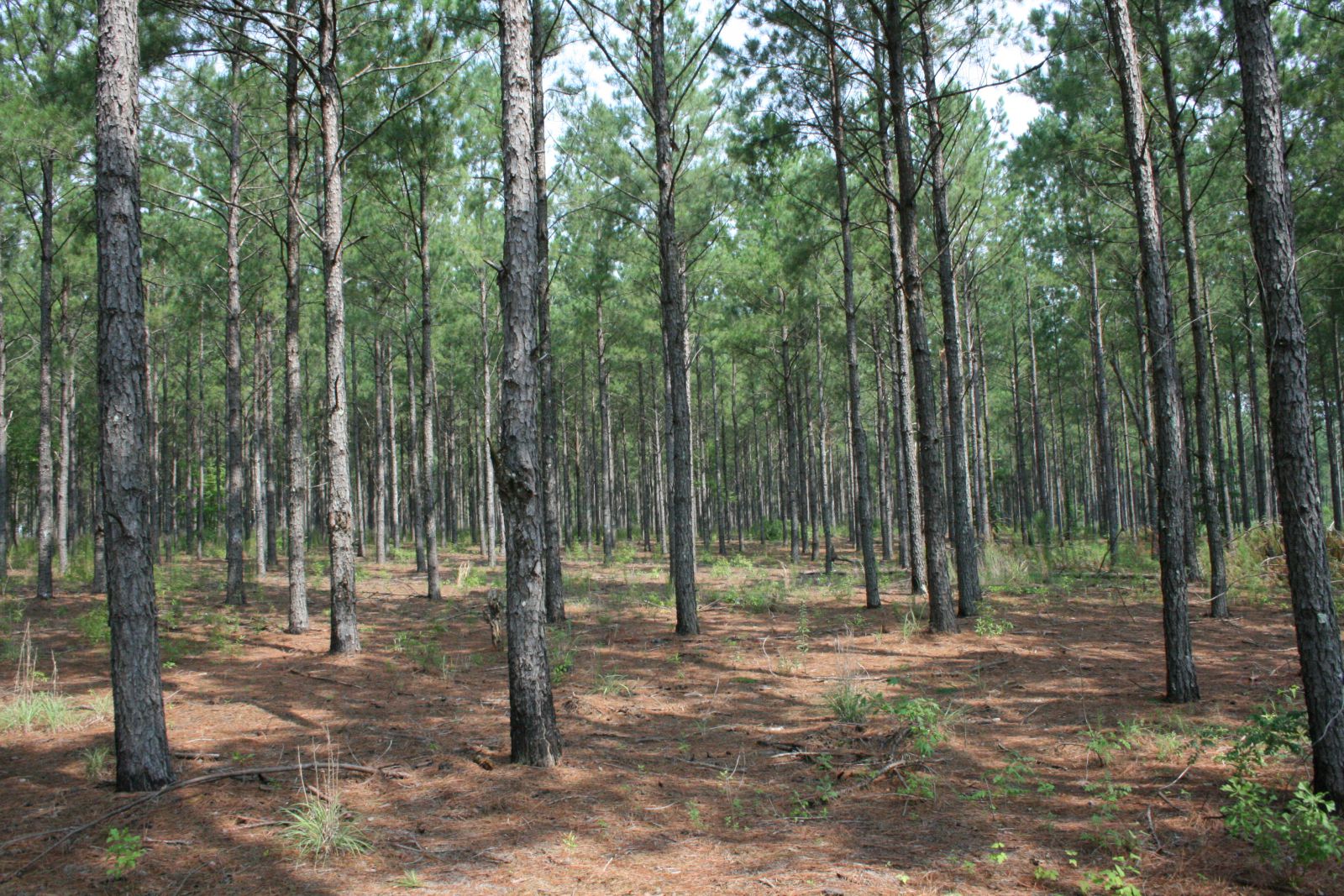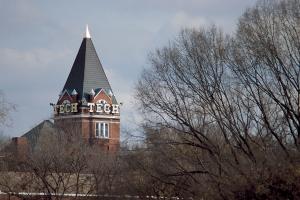Article published in the Georgia Farm Bureau Website.
Wood was a part of aviation at the start.
The Wright Brothers’ took their world renowned 1903 flight at Kitty Hawk, N.C., on a wooden airframe. Wood has been fashioned into propellers and other plane parts. Howard Hughes’ famous Spruce Goose was an all-wood cargo plane. Australian YouTuber Bobby McBoost has burned wood to fuel a turbojet engine to power an unmanned boat.
Now, there is a move to convert wood into sustainable aviation fuel (SAF), with Georgia Tech researchers chasing optimization.
What’s driving SAF development?
The United States consumed 306.76 billion gallons of petroleum fuel products for all uses in 2022, according to the U.S. Energy Information Agency. Of that, the U.S. aviation industry used 24.1 billion gallons or 7.8% of all petroleum fuel products consumed in the U.S. in 2022. Planes in the U.S. used 23.9 billion gallons of kerosene-type jet fuel and 185.6 million gallons of finished aviation gasoline.
Close to one billion gallons of jet fuel were used in Georgia, almost all at Atlanta’s Hartsfield-Jackson International Airport according to the U.S. Energy Information Administration.
The aviation industry is working to reduce its carbon footprint, in large part by reducing dependence on fossil fuels, specifically in its use of aviation and/or jet fuel. Part of the urgency comes from the federal government’s Sustainable Aviation Fuel Grand Challenge.
This challenge aims to scale up SAF production to 35 billion gallons by 2050, with a near-term goal of 3 billion gallons by 2030.
The SAF Grand Challenge is being pursued jointly by the U.S. Department of Energy, U.S. Department of Transportation, USDA and the Environmental Protection Agency. Producing three billion gallons of domestic sustainable aviation fuel per year will reduce life cycle greenhouse gas emissions by 50% by 2030, the agencies say.
Enter the Georgia Tech Renewable Bioproducts Institute (RBI), which is researching ways to better utilize wood, whether it’s from trees harvested specifically to generate fuel or wood waste like scrap lumber from construction or sawdust from sawmills.
“We're looking at what we can do with woody biomass in Georgia and in the rest of the Southeast,” said Dr. Valerie Thomas, Georgia Tech’s Anderson-Interface Chair of Natural Systems and RBI’s lead for sustainability analysis.







